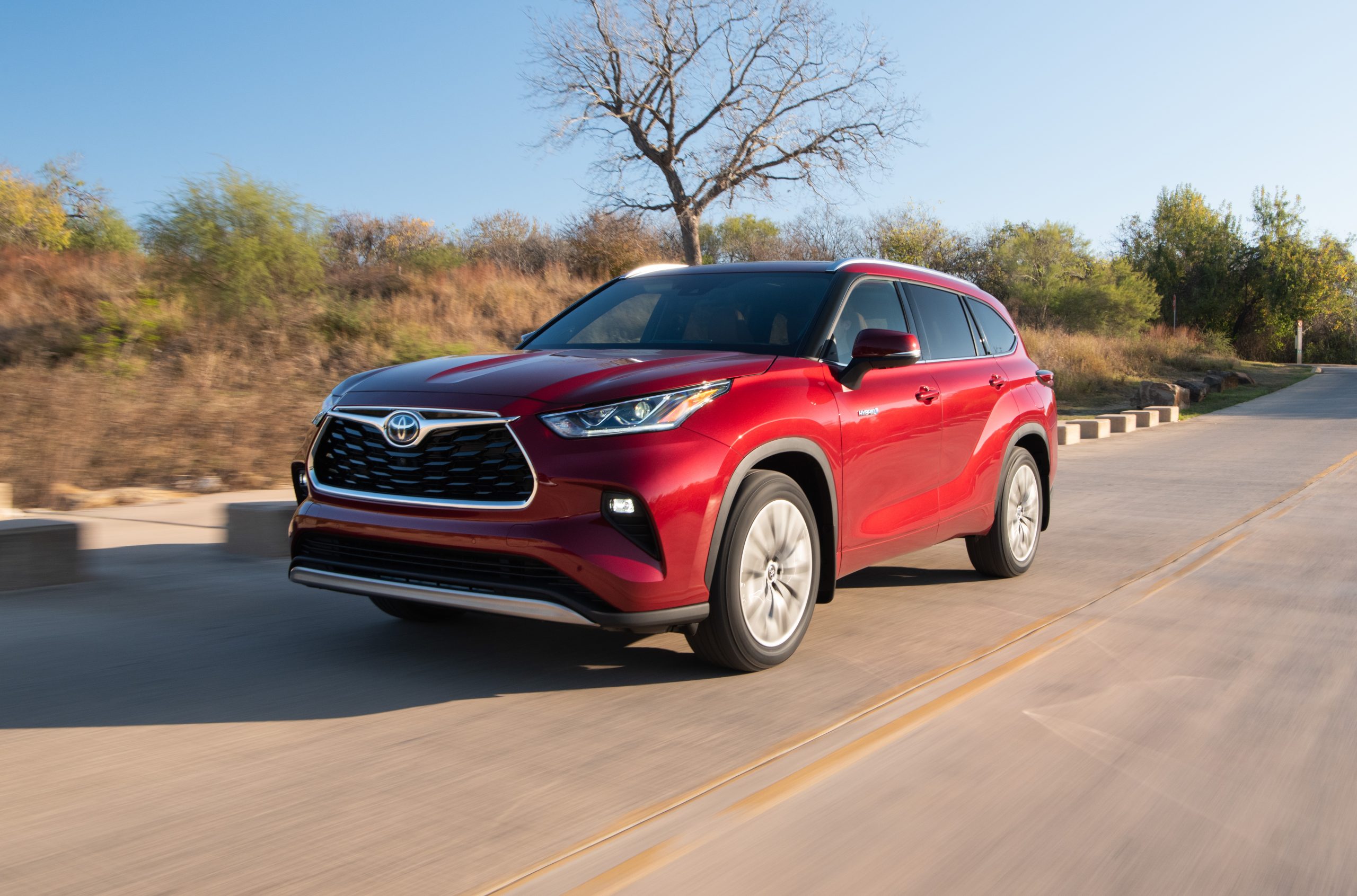No Hands! General Motors has a bold plan for testing its self-driving cars: rip out the steering wheel and let them roam on public streets. The company is currently petitioning the U.S. National Highway Traffic Safety Administration (NHTSA) for permission to begin the test, according to Reuters. And while the company seems convinced that the… Continue reading General Motors Wants Self-Driving Cars to Lose the Steering Wheel
Tag: Waymo/Google
California allows ‘light-duty’ self-driving delivery vehicles
Sponsored Links Nuro Self-driving delivery vehicles could soon become a relatively common sight on California streets. The state’s Department of Motor Vehicles will allow “light-duty” autonomous delivery vehicles under 10,001lbs for testing and commercial uses. Companies will need permits that vary depending on whether or not a backup driver is involved, but this will allow… Continue reading California allows ‘light-duty’ self-driving delivery vehicles
@Toyota: Toyota’s Fourth Generation 2020 Highlander Redesigned from the Ground Up
SUV Offers Best-in-Class MPG for Hybrid and Largest in Segment 12.3” Multimedia Display Best in Class Hybrid MPG with up to a manufacturer-estimated 36 combined MPG Starting MSRP $34,600 Bold, Chiseled New Design New TNGA-K Platform Enhances Driving Refinement Standard Android Auto, Apple CarPlay®, SiriusXM®, Waze and Amazon Alexa Compatibility Toyota Safety Sense 2.0 Standard… Continue reading @Toyota: Toyota’s Fourth Generation 2020 Highlander Redesigned from the Ground Up
FOCUS-Argo takes different road to skirt self-driving challenges
PITTSBURGH/DETROIT (Reuters) – Sky’s the limit optimism about self-driving cars is giving way to tougher questions about how expensive automotive artificial intelligence will ever make a profit. FILE PHOTO: An Argo Ai self driving prototype vehicle is seen outside a Ford and Volkswagen joint news conference in New York City, New York, U.S., July 12,… Continue reading FOCUS-Argo takes different road to skirt self-driving challenges
Waymo enters the UK with acquisition of self-driving AI startup Latent Logic
Sponsored Links GLENN CHAPMAN via Getty Images Google’s parent company, Alphabet, has been pushing the self-driving car industry forward through its subsidiary Waymo. To date, the company has operated primarily within the US, but a recent acquisition demonstrates its interest in expanding internationally as well. As reported by The Guardian, Waymo has bought the UK-based… Continue reading Waymo enters the UK with acquisition of self-driving AI startup Latent Logic
Argo AI: Strategy change in the commercialization of autonomous driving
The company Argo AI wants to realign its strategy regarding the commercialization of autonomous driving. That with ford and its cooperation partners Volkswagen working companies for autonomous driving, Argo AI, plans a change of commercialization orientation in autonomous driving. Princeton Argo Lidar Most industry stakeholders are committed to providing robotic taxis, which is accompanied by… Continue reading Argo AI: Strategy change in the commercialization of autonomous driving
Autonomous freight transport from coast to coast
In the USA, the first freight transport with an autonomous truck, from coast to coast, was successful. The distance from the West to east coast The USA is the classic route that some companies in the industry have already done. For example Aptiv. then still Delphi, carried out such a trip with an automated vehicle.… Continue reading Autonomous freight transport from coast to coast
@Tata-JLR: A brief history of autonomous vehicles (or why we invested in Apex.AI)
Last week, we were excited to announce our latest investment in Apex.AI alongside Volvo Group Venture Capital and HELLA Ventures. Sam Clifton, Associate at InMotion Ventures, explores why we invested in the company. The DARPA Grand Challenge is often credited with reigniting academic and commercial interest in the autonomous vehicle (AV) space. Whilst the first AVs were… Continue reading @Tata-JLR: A brief history of autonomous vehicles (or why we invested in Apex.AI)
Alphabet’s self-driving car company Waymo has broken ground in Europe by buying an Oxford startup
Alphabet self-driving subsidiary Waymo announced Thursday that it had acquired Oxford University spinout Latent Logic. As well as buying up Latent Logic’s tech and talent, Waymo announced that it would establish its first European engineering hub. At the moment Waymo’s cars only operate in Phoenix, Arizona, but the firm has signalled it wants to break… Continue reading Alphabet’s self-driving car company Waymo has broken ground in Europe by buying an Oxford startup
Google’s self-driving car company Waymo has broken ground in Europe by buying an Oxford startup
Google’s self-driving ambitions are spreading to Europe.Contact this reporter via email at [email protected] or [email protected].You can also contact Business Insider securely via SecureDrop.


